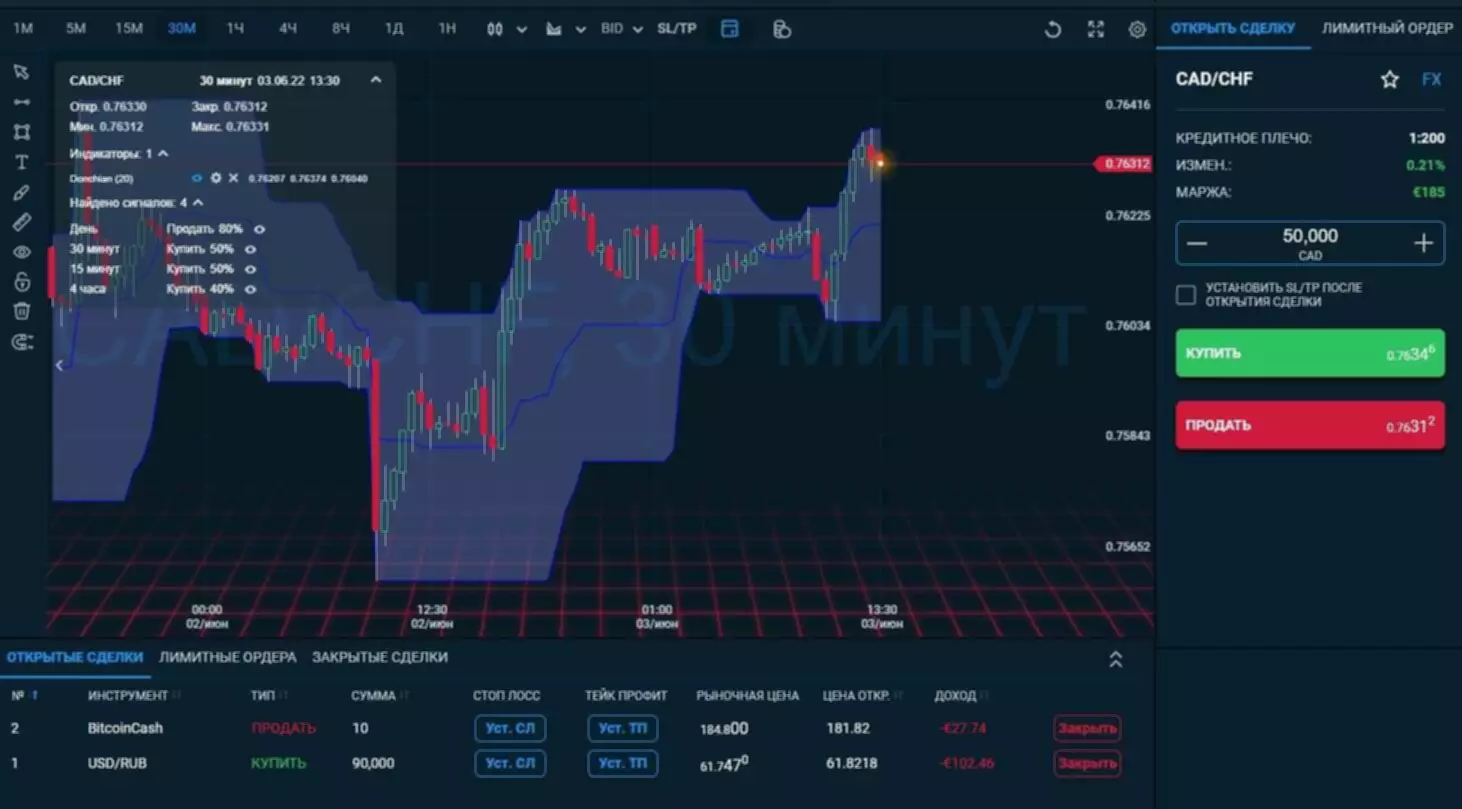Content
It’s also important that your stop is not placed too close to your entry price. Waiting for a restest could lead to missed entries but that saves you from entering false breakouts. You may also want to wait until there is a retest of the level before making your entry. Bearish candlesticks like shooting star, hanging man, bearish engulfing, and dark cloud cover will give you a confirmation to go short. And other trends you may find within them will either be an impulse or corrective moves of the main trend. As such, you’re better off looking out for them in downtrends.

James Chen, CMT is an expert trader, investment adviser, and global market strategist. Usually, a breakaway gap happens after a triangle or flag pattern. Towards the end of the triangle let the demand surge and prices rise sufficiently high – high enough to create a gap. Also, assume such a gap be accompanied by a strong volume. Falling Wedge PatternAfter a falling wedge, bullish days will follow.
How to Trade Wedges
Update your e-mail and phone number with your stock broker / depository participant and receive OTP directly from depository on your e-mail and/or mobile number to create pledge. Here are 3 ways you can get fresh, actionable alerts every single day. Yarilet Perez is an experienced multimedia journalist and fact-checker with a Master of Science in Journalism. She has worked in multiple cities covering breaking news, politics, education, and more.
While price can be out of either trend line, wedge patterns have a tendency to break in the opposite direction from the trend lines. The Falling Wedge is a bullish pattern that begins wide at the top and contracts as prices move lower. This price action forms a cone that slopes down as the reaction highs and reaction lows converge. In contrast to symmetrical triangles, which have no definitive slope and no bias, falling wedges definitely slope down and have a bullish bias.
Unique economic conditions, high inflation, and headline risk bring plenty of fluctuation to the stock market today. Therefore, technical analysis is important if you’re not looking to invest inpenny stocksand trade them instead. Falling wedges are the inverse of rising wedges and are always considered bullish signals. They develop when a narrowing trading range has a downward slope, such that subsequent lows and subsequent highs within the wedge are falling as trading progresses.
Descending Broadening Wedge Pattern Explained
There’s a visible difference between the descending broadening wedge and falling wedge pattern. The descending broadening wedge is a chart pattern whose support and what does a falling wedge indicate resistance lines widen as they descend. Below is a table of contents for all the topics in this post. First few topics carry basic knowledge regarding charts.
Harness the market intelligence you need to build your trading strategies. Harness past market data to forecast price direction and anticipate market moves. From beginners to experts, all traders need to know a wide range of technical terms.
- Paying attention to volume figures is really important at this stage.
- Commodity and historical index data provided by Pinnacle Data Corporation.
- In this case, the bearish movement at the end of the rising wedge is a continuation of the main downward trend.
- The falling wedge pattern, as well as rising wedge patterns, converge to the smaller price channel.
- We also reference original research from other reputable publishers where appropriate.
- If there is no expansion in volume, then the breakout will not be convincing.
In this article, we go over the rising wedge pattern and apply it to a historical case to illustrate its use. While the example is taken from the past, the mechanics of how to identify and trade this pattern remain the same today. A descending broadening wedge does not have an equal distance between its highs and lows. Real-time pattern trading is the easiest way to find entry and exit prices if you can scan thousands of stocks and ETFs within minutes. Artificial Intelligence (A.I.) not only discovers these patterns, but also checks if they worked out well in the past. Very often these patterns have partial rises and partial declines that are followed by a breakout.
Rising Wedges
Unlike for triangle patterns, there is no reliable method for estimating a price target on the extent of the movement following the breakout based on the shape of the wedge. Therefore, trailing stop losses are extremely important and other charting indicators should be used to estimate the extent of the movement. The bullish bias in this pattern will not be signaled until a breakout back above the descending resistance to show this is a reversal pattern from lows in price. There remains debate over the long-run usefulness of technical patterns like wedges. Research does suggest that wedge patterns reveal consistent indicators, though there is no single guaranteed signal for entry or exit.

To identify an exit, compute the target price for by adding the height of the pattern to the upward Breakout level. Pattern height is the difference between the highest high and the lowest low. A gap is slightly different from all other stock chart patterns. In every other pattern, you will see a continuing trade. However the gaps are created due to pause in activity (buying/selling).
Setting the stop loss a sufficient distance away allowed the market to eventually break through resistance and resume the long-term uptrend. A pullback refers to the falling back of a price of a stock or commodity from its recent pricing peak. The second indication is to look for how far the retrace has advanced from the beginning of the downtrend. If the move has advanced well above the 50% Fibonacci level, this pattern might not be a valid pattern.
But if the price breaks the support line, a breakdown is likely. Follow this step-by-step guide to learn how to scan for hot stocks on the move. Falling wedges are typically reversal signals that occur at the end of a strong downtrend.
Falling Wedge
Deepen your knowledge of technical analysis indicators and hone your skills as a trader. It might become a part of your daily trading strategy given how often they spring up on charts. Another notable difference between both patterns is their breakout direction. Whereas a descending triangle has static support and dynamic resistance.
Any opinions, news, research, analyses, prices or other information contained on this website is provided as general market commentary and does not constitute investment advice. Finally, you have to set your take profit order, which is calculated by measuring the distance between the two converging lines when the pattern is formed. This way we got the green vertical line, which is then added to the point where the breakout occured. Thus, the other end of a trend line gives you the exact take-profit level.
This way, you will get more familiar with different trading approaches and be better prepared to trade your own capital in live markets at a later stage. The most common falling wedge formation occurs in a clean uptrend. The price action trades higher, however the buyers lose the momentum at one point and the bears take temporary control over the price action. Figure 6 shows the final result after the target is reached. Although the index continued to move lower, we exited the position and started looking for other rising wedge patterns.
Tom Bulkowski is one of the earliest writers about chart patterns. Here are some statistics about the descending broadening wedge. A downward breakout can be expected if volume increases within the pattern since it shows bearish momentum isn’t dwindling drastically. On the other hand, you’ll know an upward breakout might occur if volume dries up gradually during the pattern’s formation. After the two trendlines have been formed the pattern can be identified.
Active Trading Blog
The falling wedge pattern is a bullish pattern that begins wide at the top and continues to contract as prices fall. As with the rising wedges, trading falling wedge is one of the more challenging chart patterns to trade. A falling wedge pattern signals a continuation or a reversal depending on the prevailing trend. However, in most cases, the pattern indicates a reversal. In terms of its appearance, the pattern is widest at the top and becomes narrower as it moves downward, with tighter price action.
Gordon Scott has been an active investor and technical analyst of securities, futures, forex, and penny stocks for 20+ years. He is a member of the Investopedia Financial Review Board and the co-author of Investing to Win. Traders can look to the volume indicator to see higher volume in the move up. Additionally, divergence can be observed as the market is making lower lows but the stochastic indicator is making higher lows – this indicates a potential reversal.
Difference Between Descending and Ascending Triangles
If it’s still under that level, the pattern is still valid. Wedges can either form in the rising or falling direction. Larry Swing is the CEO of MrSwing.com, a day trading website focused https://xcritical.com/ on swing trading. I’m a computer scientist, technical analyst, and SEO expert in my mid-twenties. Finding and teaching others legit ways to make money online is what I’m all about.
Penny Stocks Chart School: Descending Wedge Defined
The Descending Right-Angled Broadening Wedges have a descending trendline below the horizontal trend line with price action in between. The Ascending Right-Angled Broadening Wedges have an ascending trendline above the horizontal trendline with price action in between. After the trendlines are formed, as soon as price touches the upper trendline go short. Cover this short when price reaches the lower trendline. The breakout occurs when price closes on the outside of the pattern, above the upper trendline or below the lower trendline.
Penny Stocks To Buy According To Top Wall Street Analysts
They have come up with at least 24 chart patterns and interpretations. You will see great results if you remember each and every pattern. Whenever you look at any chart, your mind will automatically visualize a pattern. Thus you will be in a better position to decide on buying, selling or holding your stocks.
